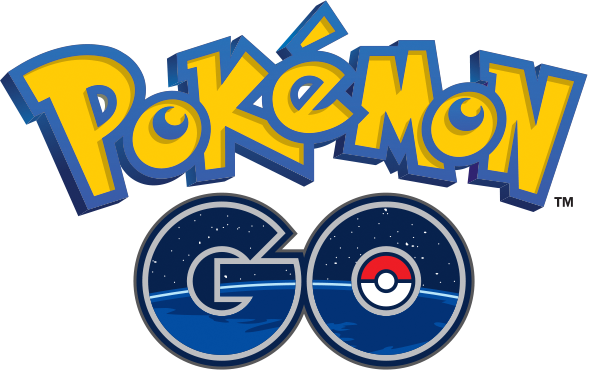
Image of Pokémon Go logo
Listen to the complete interview where Dr Scott Hollier chats to Philip Jenkinson about the accessibility of augmented reality in general and Pokémon Go in particular.
As Media Access Australia reported when the game first launched in July 2016, Pokémon Go isn’t playable for all gamers, as the way the app has been programmed relies on gamers being physically able, and not having a vision-impairment, in order to be able to play. There are also concerns for people who are Deaf or hearing-impaired, such as the audio cues the game provides when a Pokémon appears nearby, but these are not as critical.
So where does Pokémon Go, or fail to go, in terms of accessibility? We asked Dr Scott Hollier, who wrote a piece on this subject for his October WC3 column. He agreed to delve deeply into the world of augmented reality in general and Pokémon Go in particular for a podcast, and it seems that it wouldn't be that hard for developers to enhance game playability in augmented reality so that the people who are currently excluded would be able to enjoy the experience as well.
"In terms of Pokémon Go, Nintendo and other developers do have a lot of resources to draw upon if they do want to improve things," said Dr Hollier. "They can focus on making things accessible across a range of disabilities, be it mobility where there should be multiple ways of controlling moving from the home to other locations and having the dexterity to actually catch a newly-found monster friend; be it vision, where technologies like screen readers can engage effectively; and for hearing where for example where there’s dialogue in the game, get it captioned, and have those captions adjustable in font size and other things like that."
So is Pokémon Go merely a fad, or does it represent a great use of augmented reality for entertainment that will encourage greater innovation elsewhere?
"I actually think it’s both," said Dr Hollier. "I think when we’re talking about Pokémon Go specifically, it probably is a fad. But when we’re talking about augmented reality as a concept, I actually think we’re just seeing the beginning of something terrific. For example, if I used a device like Microsoft HoloLens where I can see both the real world and a computerised version of it, potentially I could change the environment into high contrast, I could maybe see maps and directions, something that works with my low vision, I could have screen readers talking to me and giving me instructions."
"Suddenly there’s all sorts of possibilities around navigation and interaction. Maybe if I’m trying to find someone in the crowd my augmented reality could instantly point a big arrow to the person I’m looking for. So there’s lots of potential for augmented reality in terms of specifically helping people with disabilities."
Top of page

